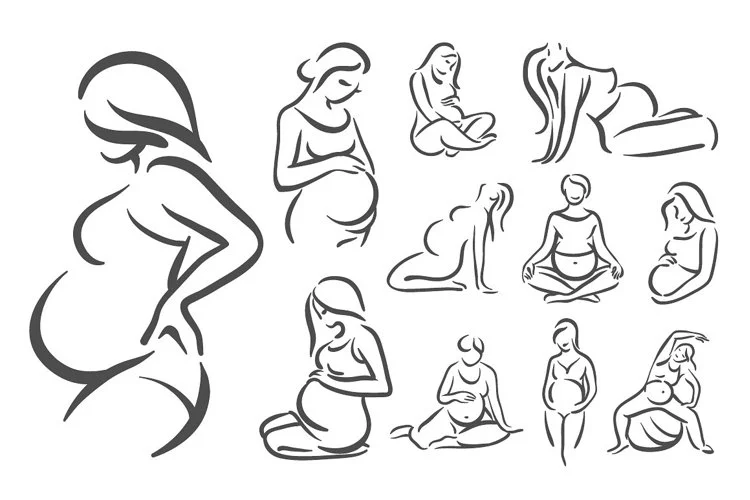Recently, I found myself in the bathroom for a solid 20 minutes, trying to clean cloth diapers that were heavily soiled with remnants of gourmet baby food my little one had so vocally rejected just days prior. Quite unpleasant, wouldn’t you agree?
During my pregnancy with our second child, my partner and I pledged to embrace cloth diapering wholeheartedly. We invested in a staggering amount of 17,000 diaper inserts and 13,000 stylish covers, even purchasing a bidet attachment for our toilet. We selected a delightful Robin’s Egg Blue for our fancy cloth diaper pail, alongside an overpriced detergent that came in hues like Dusty Sahara Rose. After discovering that conventional diaper creams weren’t suitable for cloth, we opted for organic balms and coconut oil.
Completely new to the cloth diapering world, we immersed ourselves in reviews and tutorials online, consuming an abundance of YouTube videos that were often confusing rather than helpful. We frequently sought advice from other parents, eager to gather insights on how to manage this new endeavor. Our commitment to our child’s diapering needs was intense.
During my nesting period, I washed those diapers multiple times, line-drying them under the scorching summer sun. Although one wash might have sufficed, I read that repeated washing would enhance their absorbency. I meticulously folded each diaper and stacked them neatly in the baby’s ever-expanding changing station—forget a changing table; this baby would require his own bathroom!
Initially, newborns are lovable blobs, and their tiny poops can even elicit laughter. Parents often share amusing stories about their baby’s poop escapades. In fact, ask me about my eldest’s first month, and you’re likely to hear at least four poop anecdotes. However, as babies reach six or seven months and start consuming solids, those once charming diapers transform into repugnant fecal traps.
Fast forward to last night: my son’s solid food intake has been on the rise. While breastfeeding exclusively complicates the transition to solids, we press on. He filled two diapers back-to-back, a common scenario for breastfed infants who may go several days without a bowel movement. For me, those three poop-free days had been blissful.
In the bathroom, I confronted the challenge of two soiled cloth diapers. The first step involved removing the inserts—unpleasant. Next, I had to scrape the solid waste off the fabric lining—much grosser. Although soaking seemed like a reasonable next step, I quickly realized this mess demanded scrubbing. With a bidet attachment that lacked the necessary power, I donned pink rubber gloves and plunged my hands into the toilet, relinquishing my dignity in the process.
After the ordeal, I tossed the diapers into the washing machine and set it to a heavy-duty soak. If only there were a setting called “Just This Side of Obliterate.” Finally, I took a moment to relax and breathe in the clean air.
As a side note, I am immensely grateful for supportive family members. Last night, my wonderful cousin shared amusing stories about my own childhood messes, reminding me of the humor in such a disgusting situation. Furthermore, she graciously reminded me why we chose cloth diapers in the first place: while they can be a hassle, they are beneficial for a baby’s skin and the environment. Not to mention, they create some truly hilarious stories.
In summary, cloth diapering presents its fair share of challenges and messes, but the benefits for the environment and your baby’s skin are undeniable. If you’re curious about more tips or experiences related to home insemination, feel free to explore our other blog posts, such as this one on contacting us. For those interested in enhancing fertility, check out Make A Mom’s insights, and for in-depth information about pregnancy, Science Daily offers excellent resources.
